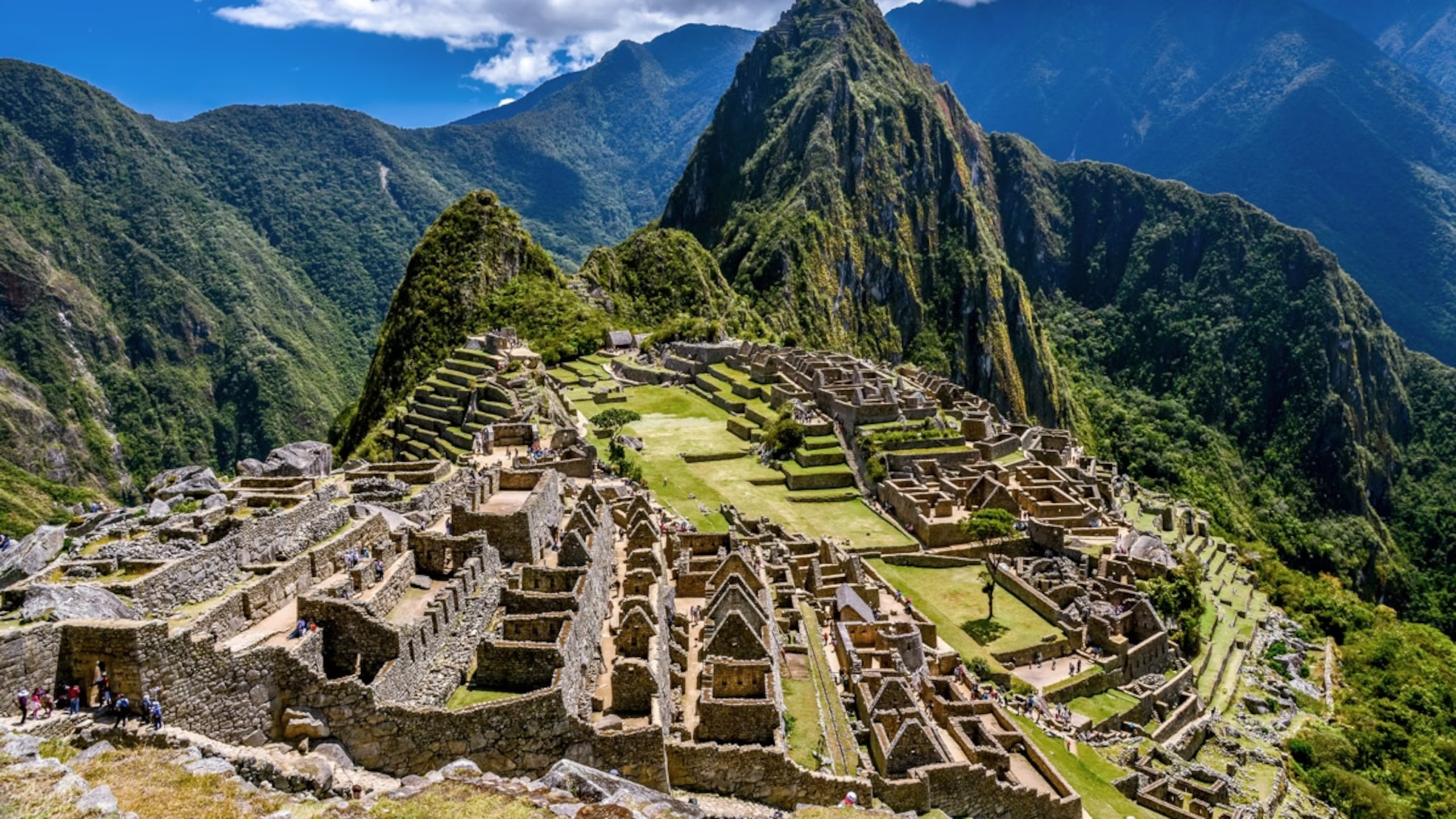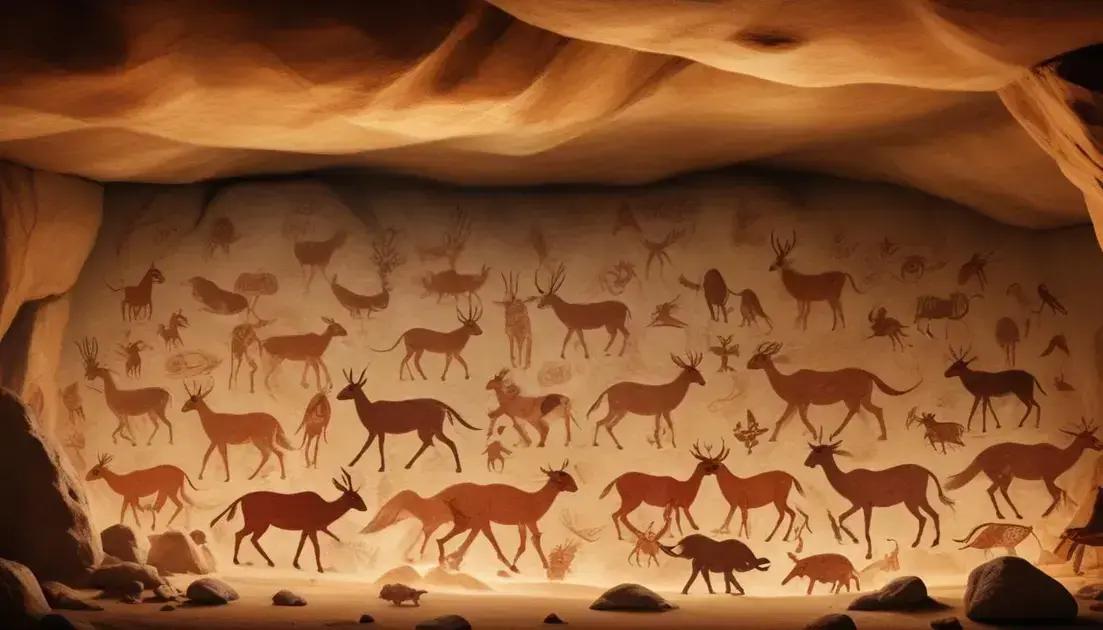
The Rise of the Inca Empire and Its Culture
The Inca Empire, a civilization that once dominated a vast swathe of South America, stands as a testament to human ingenuity, organizational prowess, and cultural richness. From its humble beginnings as a small tribe in the Cusco region of modern-day Peru, the Inca Empire rose to become one of the most powerful and influential empires in the Americas, stretching from present-day Colombia to Chile – a territory encompassing over 2 million square kilometers. This remarkable ascent, fueled by strategic alliances, military conquests, and a sophisticated administrative system, is a captivating narrative of ambition, innovation, and ultimately, tragic decline at the hands of Spanish conquistadors. This comprehensive exploration delves into the multifaceted history and enduring cultural impact of the Inca Empire.
I. The Mythological Origins and Early Expansion
The very genesis of the Inca Empire is shrouded in myth and legend. The foundational narrative centers around Manco Cápac, a legendary figure often depicted as a son of the sun god Inti. According to Inca mythology, Manco Cápac, along with his sister-wife Mama Ocllo, emerged from Lake Titicaca, divinely tasked with establishing a new kingdom. While the historicity of this account is debated, it underscores the importance of the sun god Inti and the divine right to rule within Inca cosmology. This mythical origin story provided a powerful legitimizing narrative for the Inca rulers and their authority over their subjects.
The early Incas were a Quechua-speaking people, skilled in agriculture and trade. Their society was structured around a complex system of clans and ayllus (kinship groups), which served as the bedrock of their social organization. The early period was characterized by a gradual expansion through both alliances and conflicts with neighboring tribes. The process wasn’t a swift conquest, but rather a slow, strategic accumulation of power and territory. These early interactions laid the groundwork for the larger-scale imperial expansion that would follow. Control of vital resources, such as fertile land and trade routes, was a primary driver in these early conflicts and alliances. Successful integration of conquered groups often involved a form of assimilation, incorporating them into the Inca social and political structure.
The reign of Viracocha Inca (circa 1438-1472) marked a significant turning point in the empire’s trajectory. His military campaigns were pivotal in consolidating power and laying the foundation for the subsequent period of rapid expansion under his successors. He initiated a series of strategic military actions that considerably expanded Inca territory, setting the stage for the empire’s golden age. These initial conquests involved overcoming various indigenous groups with diverse cultural and political systems, requiring both military force and diplomatic strategies. Viracocha Inca’s rule witnessed significant advancements in infrastructure development, setting the precedent for the ambitious construction projects undertaken during the later imperial era. The organization and effectiveness of these early military campaigns laid the basis for the highly disciplined and effective armies that would characterize the Inca Empire at its height.
II. The Reign of Pachacuti and the Consolidation of Power
The reign of Pachacuti Inca Yupanqui (circa 1438-1471), who is often credited with transforming the Inca from a regional power into an empire, represents a crucial phase in the empire’s development. While the exact details are subject to historical interpretation, Pachacuti’s leadership is inextricably linked with the empire’s significant expansion and its consolidation of power.
His military campaigns were marked by both strategic brilliance and brutal efficiency. Pachacuti’s army effectively employed superior military tactics, organization, and weaponry. The Incas’ mastery of mountain warfare, their effective use of surprise attacks, and their disciplined formations often led to decisive victories against their adversaries. The conquest of neighboring groups wasn’t solely reliant on military might. Pachacuti skillfully implemented sophisticated strategies that integrated diplomacy, alliances, and carefully planned military actions. He understood the significance of diplomacy and shrewdly formed alliances with some tribes, thereby enhancing his power base and minimizing resistance. He successfully incorporated conquered populations into his empire, establishing a system of control that helped ensure long-term stability.
During Pachacuti’s reign, significant advances were made in Inca infrastructure. The construction of the massive fortress of Sacsayhuamán near Cusco exemplifies the Inca’s remarkable engineering skills and the scale of their construction projects. The intricate stonework, precise fitting of stones, and the overall grandeur of the structure display an advanced understanding of engineering principles. The development of sophisticated irrigation systems played a crucial role in supporting a growing population and ensuring agricultural productivity. These monumental projects required a highly organized workforce and a centralized administrative system capable of coordinating massive labor forces and resource allocation across vast distances.
III. The Height of Imperial Power Under Huayna Capac
The reign of Huayna Capac (circa 1493-1527) witnessed the Inca Empire reaching its zenith. He inherited a powerful and well-organized empire and expanded it even further, stretching its influence across a vast territory. Huayna Capac’s reign was characterized by significant territorial expansion, diplomatic prowess, and a continuation of the impressive infrastructural projects begun by his predecessors. He extended the empire’s reach into present-day Ecuador, Colombia, and parts of Chile, effectively doubling its size. His military campaigns were successful, extending Inca control over an unprecedented area. This expansion required exceptional logistical capabilities, effective communication, and a sophisticated administrative system.
Huayna Capac’s military success wasn’t solely attributable to force. He employed a blend of military conquest and strategic alliances, carefully negotiating with neighboring groups to ensure loyalty and minimize resistance. The incorporation of new territories demanded the establishment of a robust administrative structure capable of governing a diverse and widespread population. The Inca implemented a comprehensive administrative system characterized by a hierarchical structure, with officials appointed at various levels to maintain order and collect tributes. Huayna Capac implemented improved methods of communication, which were critical in an empire that spanned vast distances. The network of roads known as the Qhapaq Ñan facilitated the movement of troops, goods, and messages across the empire.
IV. The Inca Administrative and Economic Systems
The success of the Inca Empire was inextricably linked to its sophisticated administrative and economic systems. The empire’s administration was remarkably efficient and centralized, enabling effective governance of a vast and diverse population. The empire was divided into four provinces, each administered by a governor appointed by the emperor. Below the provincial level, the empire was further subdivided into smaller administrative units, with officials appointed at various levels to ensure effective control and communication.
The Inca economic system was based on a combination of agriculture, trade, and a system of reciprocity known as mita. Agriculture was the backbone of the Inca economy, with the cultivation of crops like potatoes, maize, and quinoa sustaining a large population. The Incas developed advanced agricultural techniques, including terracing and irrigation, to maximize crop yields in diverse geographic settings. The mita system involved a form of labor tax, where subjects were required to contribute a portion of their labor to public works projects, such as road construction, temple building, or agricultural production. This system ensured a steady labor supply for the empire’s infrastructure projects and military needs while also providing a mechanism for redistribution of resources.
V. Inca Society, Religion, and Culture
Inca society was rigidly hierarchical, with the emperor at the apex, followed by nobles, priests, and commoners. The emperor was considered a divine figure, a direct descendant of the sun god Inti. His authority was absolute, and his word was law. The nobility consisted of the emperor’s relatives and high-ranking officials who held considerable power and influence. Priests played a significant role in Inca society, administering religious ceremonies and maintaining the complex religious beliefs of the Inca people. Commoners formed the bulk of the population and were primarily involved in agriculture, crafts, and other forms of labor.
Inca religion was deeply ingrained in daily life. The Incas worshipped a pantheon of gods and goddesses, with Inti, the sun god, being the most important. Other deities included Pachamama (the earth goddess), Viracocha (the creator god), and various other deities representing natural forces and phenomena. Religious ceremonies were performed regularly, and temples were built to honor these deities. The Inca religious system reflected their profound respect for nature and the cyclical rhythms of life.
Inca culture was characterized by a remarkable artistry and craftsmanship. Inca textiles are renowned for their intricate designs and vibrant colors. They utilized sophisticated weaving techniques and employed natural dyes to produce fabrics of exceptional quality. Inca pottery demonstrates a high level of artistic skill, with beautifully crafted vessels, figurines, and other objects. Inca metalwork, particularly in gold and silver, was remarkable for its intricate designs and technical expertise.
VI. The Spanish Conquest and the Legacy of the Inca
The arrival of the Spanish conquistadors in the early 16th century marked a turning point in the history of the Inca Empire. Francisco Pizarro, with a small band of conquistadors, managed to exploit internal divisions within the Inca Empire to gain a foothold in the region. The subsequent conquest was swift and brutal, leading to the demise of the empire and the tragic death of Emperor Atahualpa. The Spanish conquest was marked by violence, disease, and the disruption of the Inca social, political, and economic structures. The introduction of European diseases, such as smallpox, measles, and influenza, decimated the Inca population, contributing significantly to the empire’s collapse.
The Spanish colonization had a profound and devastating impact on the Inca people and their culture. The Spanish imposed their language, religion, and social structures, suppressing Inca traditions and customs. The Inca Empire was dismantled, and its rich cultural heritage was systematically undermined. The Spanish extracted vast amounts of wealth from the conquered territories, enriching Spain while devastating the Inca economy. The destruction of Inca temples, the suppression of Inca religious practices, and the forced conversion of the Inca population to Christianity represent a significant loss of cultural heritage.
Despite the devastating impact of the Spanish conquest, the legacy of the Inca Empire continues to resonate. Inca architecture, engineering, and agricultural techniques continue to inspire awe. The Qhapaq Ñan network of roads, although largely ruined, still serves as a testament to Inca engineering expertise and the empire’s sophisticated infrastructure. Inca art, textiles, and pottery remain prized artifacts, revealing the high level of artistic skill and cultural richness of this remarkable civilization. The Inca’s mastery of agriculture, particularly their innovative techniques such as terracing and irrigation, continue to inform agricultural practices in the Andes. And the Inca’s organizational and administrative systems offer valuable insights into successful governance. Many aspects of Inca culture survive in modern-day Andean communities, enriching the cultural fabric of Peru, Bolivia, Ecuador, and Chile. The enduring legacy of the Inca serves as a constant reminder of their achievements and the importance of preserving cultural heritage.


